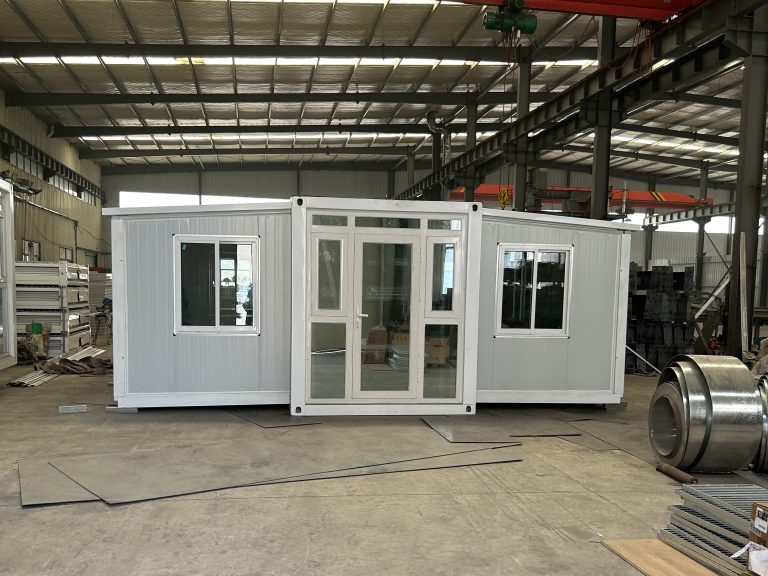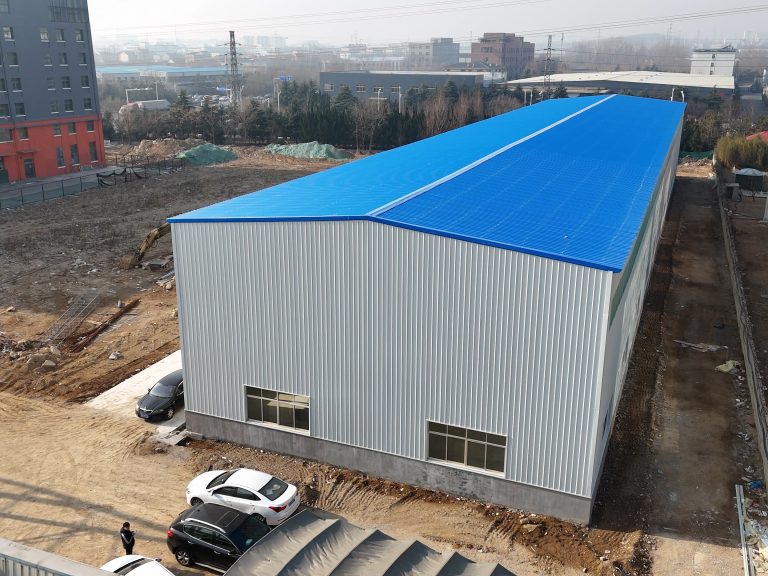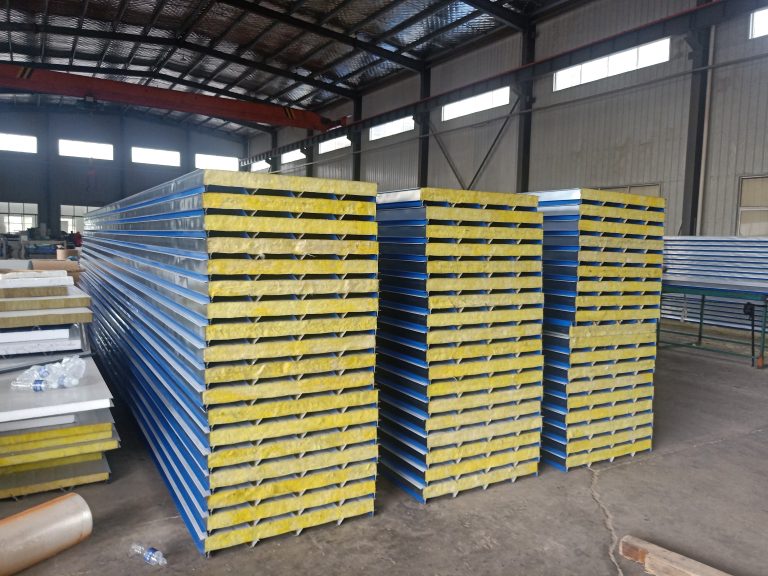Table of Contents
Advancements in Intelligent Safety Monitoring Technology for Steel Structure Buildings
In recent years, there has been a growing emphasis on the importance of safety monitoring technology in the construction industry, particularly for steel structure buildings. With the rise of intelligent systems and advancements in technology, researchers have been focusing on developing innovative solutions to enhance safety measures in these structures.
One area of research that has gained significant attention is the development of intelligent safety monitoring technology for steel structure buildings. This technology aims to provide real-time monitoring and analysis of various safety parameters, such as structural integrity, environmental conditions, and potential hazards. By utilizing sensors, data analytics, and artificial intelligence, these systems can help identify potential risks and issues before they escalate into serious safety concerns.
One of the key benefits of intelligent safety monitoring technology is its ability to provide early warning alerts and predictive maintenance capabilities. By continuously monitoring the structural health of a building, these systems can detect any abnormalities or deviations from normal operating conditions. This allows for proactive maintenance and repairs to be carried out, reducing the risk of accidents and ensuring the safety of occupants.
Furthermore, intelligent safety monitoring technology can also help improve the overall efficiency and performance of steel structure buildings. By analyzing data collected from sensors and monitoring systems, researchers can gain valuable insights into the behavior and performance of these structures. This information can be used to optimize building design, construction processes, and maintenance practices, leading to cost savings and improved sustainability.
In addition to enhancing safety and performance, intelligent safety monitoring technology can also play a crucial role in disaster prevention and emergency response. By providing real-time data on structural conditions and potential hazards, these systems can help emergency responders make informed decisions and take appropriate actions in the event of a crisis. This can significantly reduce the impact of disasters and improve the overall resilience of steel structure buildings.
As the demand for intelligent safety monitoring technology continues to grow, researchers are exploring new innovations and advancements in this field. One promising area of research is the integration of Internet of Things (IoT) technology with safety monitoring systems. By connecting sensors and devices to a centralized network, researchers can create a more interconnected and intelligent monitoring system that can provide even more comprehensive insights into the safety and performance of steel structure buildings.

Another area of research that is gaining traction is the use of machine learning and artificial intelligence algorithms to analyze and interpret data collected from safety monitoring systems. By leveraging these advanced technologies, researchers can develop predictive models and algorithms that can accurately predict potential safety risks and issues, allowing for proactive interventions and preventive measures to be implemented.
Overall, the research on innovation of intelligent safety monitoring technology for steel structure buildings holds great promise for improving safety, performance, and resilience in the construction industry. By harnessing the power of sensors, data analytics, and artificial intelligence, researchers can develop cutting-edge solutions that can revolutionize the way we monitor and manage safety in steel structure buildings. With continued advancements and investments in this field, we can expect to see even greater improvements in safety and efficiency in the years to come.
Impact of Research on Innovation in Safety Monitoring Technology for Steel Structure Buildings
In recent years, there has been a growing emphasis on the importance of safety monitoring technology in the construction industry, particularly for steel structure buildings. With the increasing complexity and height of modern structures, ensuring the safety of workers and occupants has become a top priority for engineers and architects. As a result, there has been a significant amount of research and innovation in the field of intelligent safety monitoring technology for steel structure buildings.
One of the key areas of focus in this research has been the development of advanced sensors and monitoring systems that can detect potential safety hazards in real-time. These sensors are designed to monitor various parameters such as temperature, humidity, structural integrity, and even the presence of hazardous gases. By continuously monitoring these factors, engineers can quickly identify any potential issues and take corrective action before they escalate into a major safety concern.
Another important aspect of the research on intelligent safety monitoring technology is the integration of artificial intelligence and machine learning algorithms. These technologies allow for the analysis of vast amounts of data collected by the sensors, enabling engineers to predict potential safety hazards before they occur. By leveraging the power of AI, safety monitoring systems can become more proactive and effective in preventing accidents and ensuring the overall safety of steel structure buildings.
Furthermore, researchers have also been exploring the use of drones and other unmanned aerial vehicles (UAVs) for safety monitoring purposes. Drones equipped with high-resolution cameras and sensors can be used to inspect hard-to-reach areas of a building, providing valuable data on the structural integrity and safety of the structure. This technology not only improves the efficiency of safety inspections but also reduces the risk to workers who would otherwise have to perform these inspections manually.
The impact of this research on the innovation of intelligent safety monitoring technology for steel structure buildings cannot be overstated. By incorporating advanced sensors, AI algorithms, and UAV technology, engineers are able to create a comprehensive safety monitoring system that is far more effective than traditional methods. This not only improves the safety of workers and occupants but also reduces the risk of costly accidents and structural failures.
Moreover, the implementation of intelligent safety monitoring technology can also lead to significant cost savings for construction companies. By detecting potential safety hazards early on, engineers can address these issues before they escalate into major problems that require expensive repairs or renovations. This proactive approach not only saves money but also helps to ensure that steel structure buildings are built to the highest safety standards.
In conclusion, the research on innovation of intelligent safety monitoring technology for steel structure buildings has had a profound impact on the construction industry. By leveraging advanced sensors, AI algorithms, and UAV technology, engineers are able to create a comprehensive safety monitoring system that is more effective and efficient than ever before. This not only improves the safety of workers and occupants but also leads to cost savings and a higher level of overall safety in steel structure buildings. As technology continues to advance, we can expect to see even more innovative solutions that further enhance the safety and reliability of modern structures.






